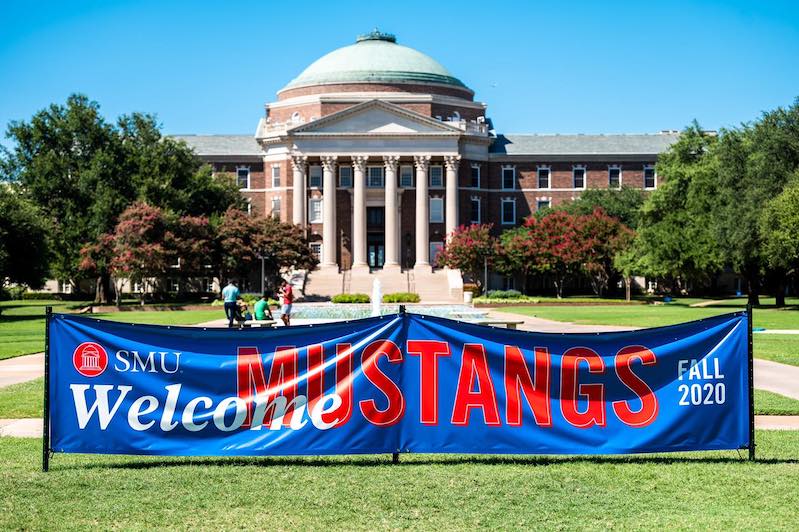Among the many things that we took for granted pre-2020, normalcy is right at/near the top. At SMU, normalcy meant going to all of your classes in-person, going out to eat with your friends, and going out on the town over the weekend. With such an emphasis on mobility, constructing the new normal requires a redefinition of how people go out and about. SMU’s new normal is defined by the Fall 2020 Operations Plan, which discusses physical distancing, face coverings, cleaning, and a number of other factors in the on-campus experience.
As students got ready for the new semester, did they have any faith in the plan? The plan “looked really cute on paper,” says junior Abena Marfo, “but there was absolutely no way it could translate to real life and work flawlessly.” The plan’s unrealistic nature could be a result of its contradictory policies, such as those regarding face coverings as junior Surya Ramakrishnan points out. Nonetheless, the plan was an attempt to define the new normal during a time in which we crave normalcy.
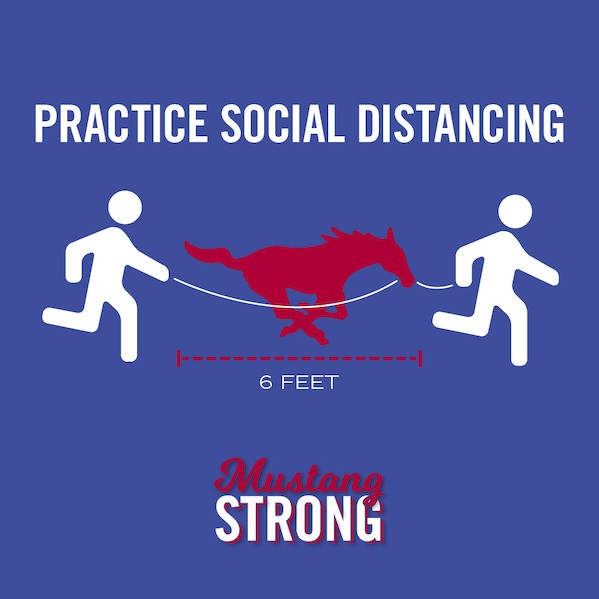
As we saw quickly, attempts don’t entail successes. Within three weeks, SMU has seen a meteoric rise in COVID-19 cases, reaching a total of 261 cases as of September 13th. This rise coincided with a rise in off-campus parties and gatherings that don’t enforce face coverings or social distancing measures. Marfo, who is majoring in Sociology and Health & Society and minoring in Human Rights, thinks the off-campus activities are the main factor in the rise. Students participating in these activities “go out, come back to campus, and interact with others, putting them all at risk,” she says.

To SMU’s credit, the administration has condemned these off-campus events with similar reasoning. In a letter sent out before the semester started, President Turner and Dr. Mmeje warned that “any person or organization who organizes such a reckless party will be seriously disciplined for putting the entire campus at risk.” Marfo, the president of SMU’s African Student Association, notes that even if students read these letters, they don’t do much with them. “The emails, posts, and other messages from administrators is about as effective as having a car with no wheels,” she says. In addition to their “nagging tone,” Marfo proposes that these messages may not be effective because of the growing belief that SMU has “put the motivation of money over the safety of students.” Ramakrishnan, who is majoring in Accounting and Statistics and minoring in Spanish and Economics, shares this belief as he notes that it seems like SMU “only care[s] about student and safety health AFTER [sic] the primary profit concerns.”
The pre-semester letter and another letter from President Turner that was sent before Labor Day end similarly – with a succinct and firm request for students to follow safety and health protocols, to be responsible, and to “make the right choices.” In the context of the whole year, this request can be confusing – how can SMU administrators expect students to be wholly responsible for the community’s well-being when the administrators, who sent students home in March “out of an abundance of caution,” but brought them back in August as Dallas County accumulated over 78,000 cases, share some of that responsibility?
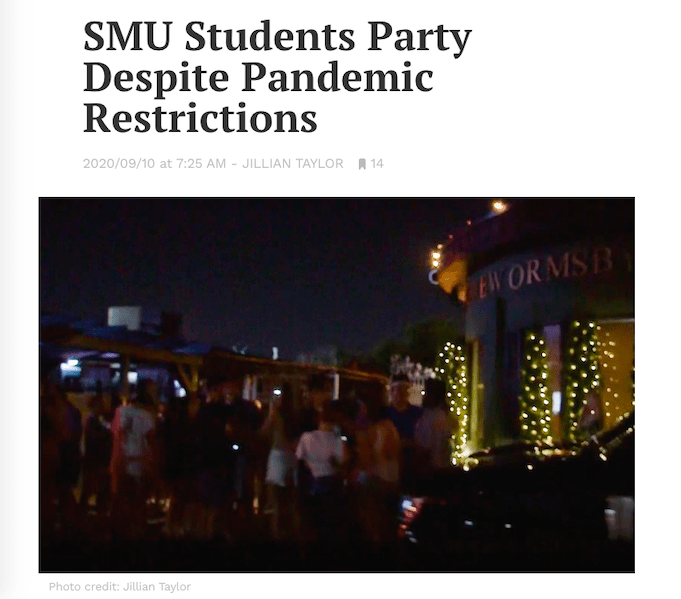
In an NPR article covering the rise of parties and COVID-19 outbreaks on college campuses, Anna Song, an assistant professor of health psychology at the University of California, Merced, points out that “‘peer networks and having connection with other people is absolutely critical’” for the development of college students. Not recognizing this driving behavior undermines the effectiveness of administrators’ requests for students to refrain from partying and instead, forces students to deny a pull for social interaction, which Song says is a “Herculean challenge.” In the absence of this empathy, Ramakrishnan states that the inadequate tools of shame and fear are being used to disincentivize students from partying. Dr. Celine Gounder, an infectious disease physician and public health expert quoted in the NPR article, explains that shame and fear don’t work for public health interventions and instead, they “drive behavior underground and make it more risky.” Without changes to how the SMU community is handling the virus, students are skeptical about seeing a decline in cases and off-campus events anytime soon. “The privilege, the veil of youthfulness, and being in an environment where they have complete freedom from their guardians is pushing some students to make the reckless and selfish decision to engage in partying,” Marfo says.
Given the integral nature of social interaction for college students, the new normal has to promote safe social gatherings, rather than just condemning unsafe ones. Ramakrishnan, who wears many hats including being a 2020 Orientation Leader, the vice president of SMU’s Indian Student Association, a graphic design chair for SMU Program Council, and a cow-print bucket hat, suggests that “providing social opportunities that are safe and socially distant, aggressively testing students,” and taking student concerns into consideration is a viable compromise. Based in Greenville, South Carolina, Furman University’s vice president for student life, Connie Carson, echoes Ramakrishnan’s sentiments in the NPR article, focusing on student organizations as the vehicle for these alternative events. With the support of administrators, these events, and in turn, student organizations, can promote a campus culture of student-to-student accountability. “Students [seeing] other students not going to parties, wearing masks, and doing all the right things […] would be way more effective than administrators telling us,” Ramakrishnan says.
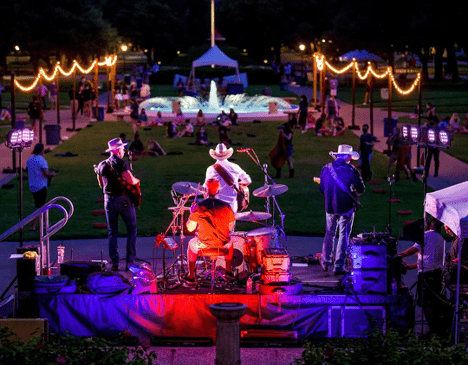
SMU’s rise in cases and questionable handling of COVID-19 is a trend reflected on college campuses around the nation. The New York Times reports that college campuses are the “new Covid hot spots” as 88,000 of the nation’s COVID-19 cases have been traced back to colleges and universities. This finding wouldn’t surprise Ramakrishnan, who notes that “in America, we [have] a very individualistic culture and a lot of people say, ‘If I do not have COVID-19, why would I need to wear a mask?’”
Marfo attributes this “individualistic” culture to privilege, which she says greatly affects how people respond to COVID-19. “Minorities, people with low incomes, no insurance, and underlying risk factors are more likely to take [the virus] seriously because they know when they enter into the hospital, there is no such thing as a level playing field,” she says. “If [two patients] – a 20-year-old Caucasian woman with great insurance [and whose] parents have a steady stream of income [and] a 20-year-old Black woman who is homeless and [with] no formal identification – show up at the hospital with COVID-19 and there is only one ventilator left, who is going to get it?”
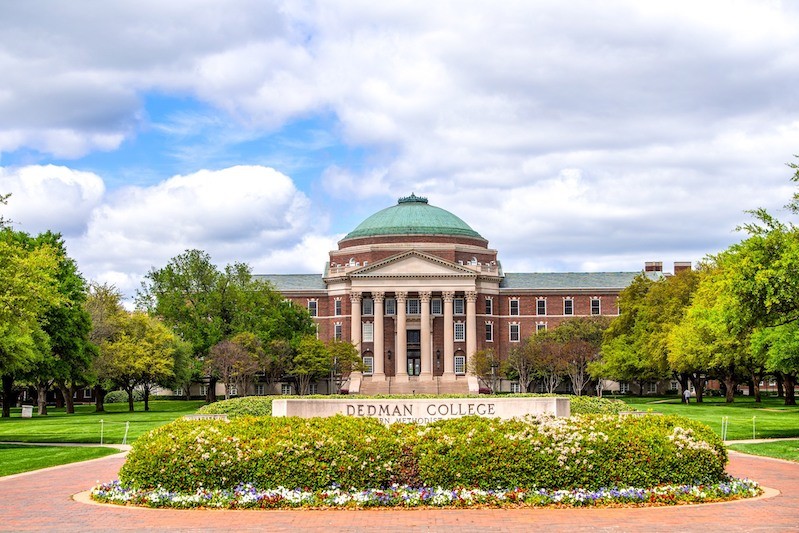
As the SMU community, administrators, faculty, staff, and students alike, navigates the rest of the semester, we should remind ourselves that this isn’t easy for anyone. Having empathy and compassion is vital in working as a community to safely manage the pandemic. While we may not return to pre-2020 normal anytime soon, the new normal can still provide us with the social connections and engagement that we thrive off of.


